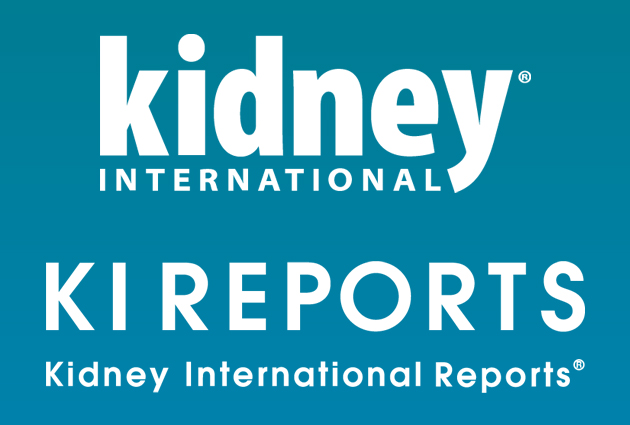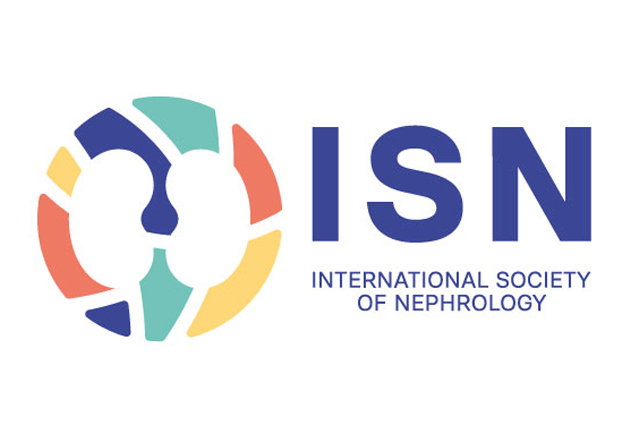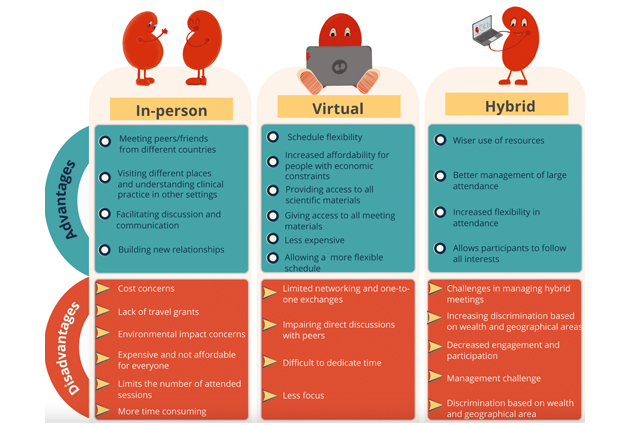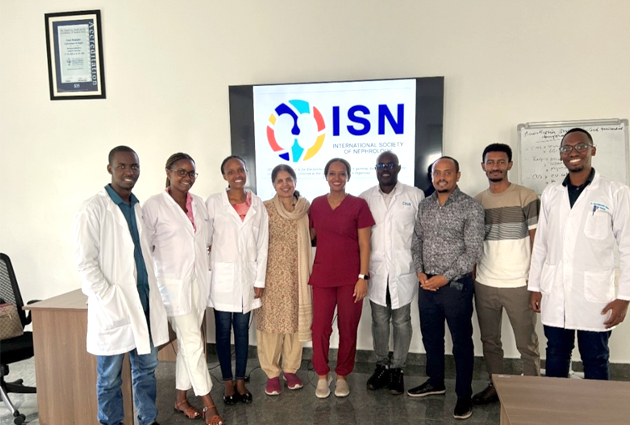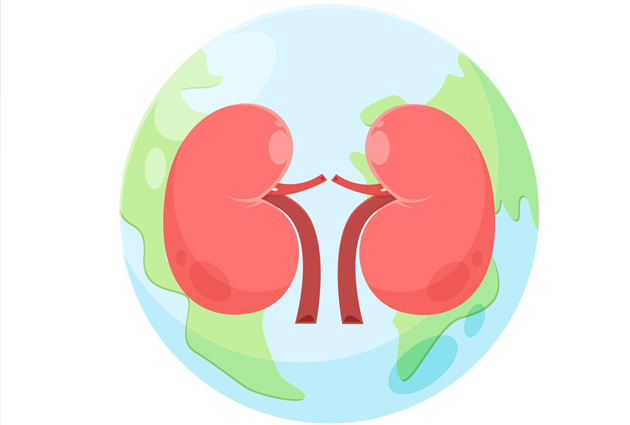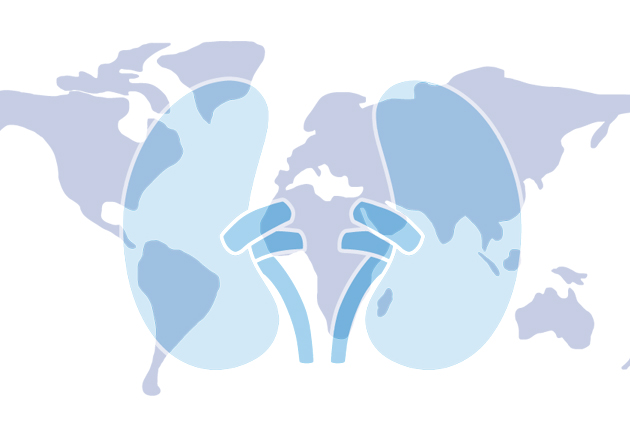Meet Kidney International’s latest Editor in Chief
 We sat down with Pierre Ronco to discover what lies ahead for one of nephrology’s leading journals and hear about his plans to respond to the challenges of publishing and education within the field.
We sat down with Pierre Ronco to discover what lies ahead for one of nephrology’s leading journals and hear about his plans to respond to the challenges of publishing and education within the field.
What do you enjoy the most about heading such a high-ranking journal?
Pierre Ronco: ‘It is a privilege and a huge responsibility. Fortunately, the privilege and the workload are shared among 12 very talented and world-known editors who are experts in their field and beyond. It is fascinating to receive manuscripts from all over the world, and quite challenging to select the best ones. I’m happy being on the cutting edge of the best in science and renal medicine. I also like to communicate with the authors, discussing the manuscripts that have survived triage. We have an exciting educational role: making content, and sometimes complicated papers, accessible to a large readership.’
How has KI evolved, what does it bring most to its readers?
PR: ‘One of my friends recently gifted me the first issue of KI, published in 1972. At that time, the editors handled 200 manuscripts per year. While in 2017, the number of submitted manuscripts exceeded 1,900.
Yet the spirit of Kidney International, under the guidance of Ike Robinson, is still there: a mix of basic and clinical medicine, preceding translational medicine. Such a combination of cutting-edge manuscripts presented in an educational and attractive way makes the journal so unique and attractive to the readers.
KI has evolved to include more sections like Nephrology Digest, Journal Club, numerous commentaries, superb reviews by expert nephrologists and outside nephrology. As well as the recently-launched ‘Brief reports’ that presents, in a concise way, high-quality findings of exceptional interest, novelty, and broad significance for the readers.’
What does the future hold? How do you see KI fitting into the ISN education strategy?
PR: ‘Social media now plays a major role and the competition with open access journals is exponentially increasing. KI must evolve by using social media to communicate about the best papers, tweet the graphical abstracts of original articles and prepare the open access revolution.
KI’s impact factor has substantially increased to 8.4 under the inspired guidance of Detlef Schlöndorff and relies on a careful selection of the best manuscripts by the weekly editorial conference and the educational value of the published articles.
The editorial team will continue along this line, which makes KI and its companion journals, KI Reports and KI Supplements, flagships of the ISN educational program. However, there is certainly place for improvement by networking with the other ISN educational tools, building stronger ties with the World Congress of Nephrology and ISN Frontiers, publishing international guidelines and reports from regional committees and policy fora.
Every month, we highlight the Kidney International editor’s picks in our e-newsletter to ISN members. Read more about Kidney International, HERE.





